Are there any animals on earth that are the most boring? There are active animals that can be observed and interacted with. Some animals are relaxed and almost do nothing, giving the illusion of living a boring, sluggish life.
These boring animals are lethargic daily, with some staying only a few hours awake, in contrast to giraffes, which require only 30 minutes of sleep each day and are almost awake 24/7.
Isn’t it amazing how diverse animals are in terms of species, appearance, and behavior?
Making each species unique, some were energetic and busy while others were passive, and there were also animals living in-between types of life.
Below is a list of the world’s most boring creatures that we have compiled for you to see. It includes information about these animals, their behavior, and why they are the most boring creatures that walk on the planet.
I’m sure you’re both curious and excited. Let us begin on a journey of finding out which animals are boring?
List of the World’s Most Boring Animals
1. Nurse Shark
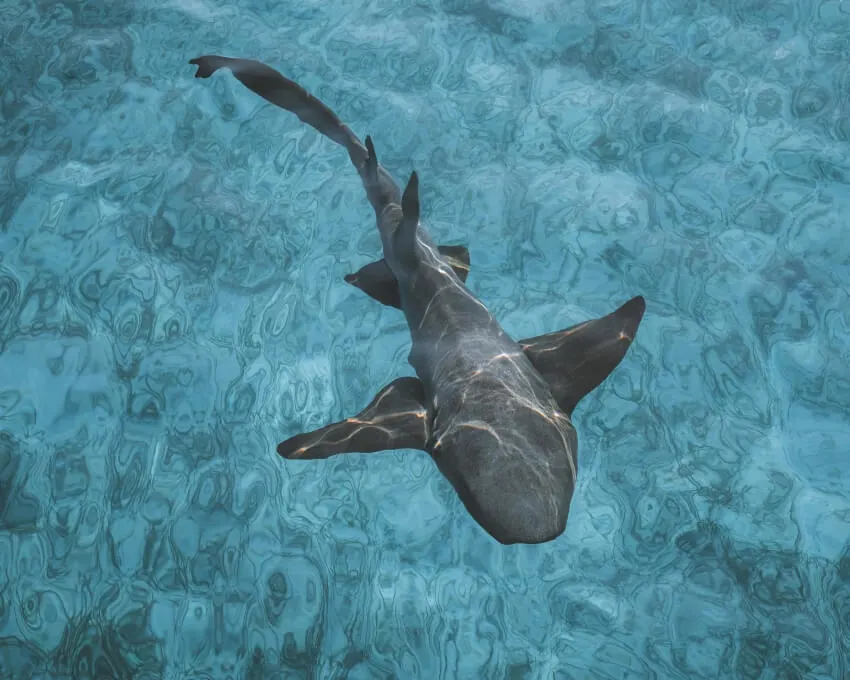
It is a fascinating species of deep ocean predators and among the boring animals in the ocean. This species is commonly located in the reefs and oceans of the eastern Pacific Ocean, Atlantic Ocean, and eastern and western regions.
Nurse Sharks may not appear to be dull animals because they keep their bodies busy and constantly swim in order to breathe, but they do live a monotonous life.
Unlike other fish in the water, this species does not migrate. For humans, a life without travel or exploration is monotonous, as travel provides excitement, but for Nurse Sharks, the majority of their time is spent lying motionless on the bottom.
They were among the most often spotted sharks on rocky coral and reefs due to their idleness and sedentary lifestyle. Unlike other sharks, such as the great white shark, this species feeds on prey through sucking. It consumed a variety of mollusks, fishes, and crustaceans.
This inshore shark is easily identifiable due to its yellowish-brown coloration and a body length of up to ten feet. It is classified as threatened and has been added to the IUCN Red List of Threatened Species.
See Related: Animals That Start With V
2. Phyton
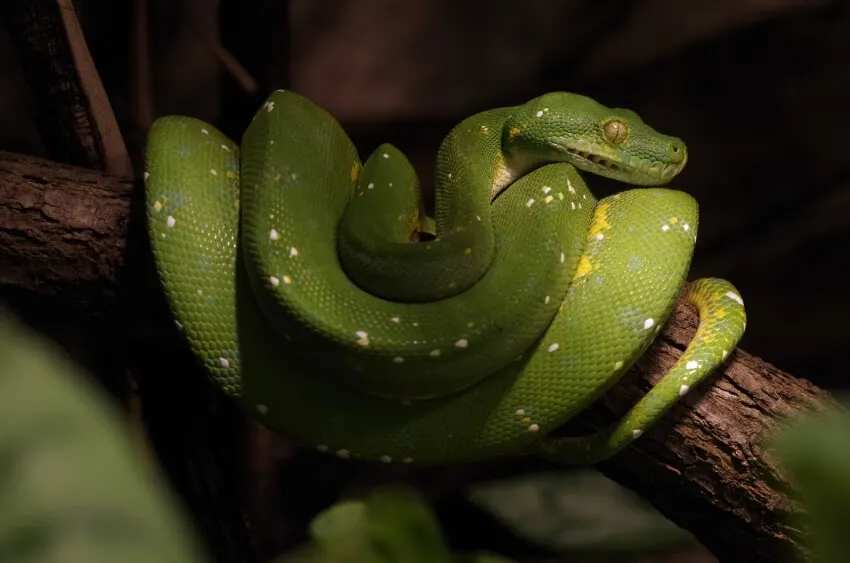
Another animal to add to the bring animals list is the python. The reptile life in a fairly inactive lifestyle that looks boring. They are were slow-moving animals that get tired very easily and sleep for up to 18 hours a day.
It is among constricting snakes and non-venomous. Python has over 33 species that live the same lifestyle manner, but some also vary.
They were mostly found in Africa, Asia, Australia that is often known as the Old World. They live and survive in rainforests, grasslands, woodlands, and other parts of the forest, where some were active during the night to hunt.
Python doesn’t always get into action unless given an effort to hunt and run away from its prey. But of its life, especially when digesting food, they don’t do anything and sleep instead. Part of its lethargic and boring lifestyle is its preparation from shedding where they sleep and rest the most, for shedding needs a lot of energy to do.
See Related: Ways to Save Animals from Extinction
3. Opossum
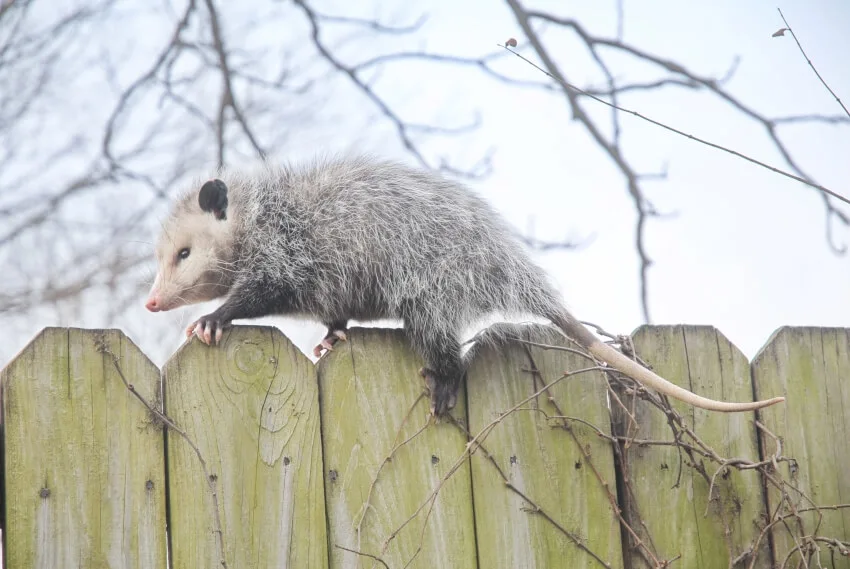
The opossum, sometimes known as the possum because it has multiple varieties that can be found in North America, is one of the most boring animals on the planet. It is a mammal and an omnivore that may grow up to 2.5 feet in length.
Opossums are scavengers, and they frequently approach human homes or towns in order to raid garbage cans, dumpsters, and other storage containers for food and other materials. Grass, fruits, and even nuts are among their favorite foods capable of hunting for various prey, including birds, insects, mice, and even chicken.
Because of their slow movement, these small animals are tedious to watch because they only move when it is essential. Despite the fact that opossums have an active life as scavenger creatures, they were once considered to be among the best sleepers in the entire animal kingdom.
They can sleep for up to an astounding 18 to 20 hours every day. Opossums were also nocturnal, which means that they were up at night and asleep during the daytime hours.
See Related: Animals with the Best Sense of Smell
4. Giant Panda
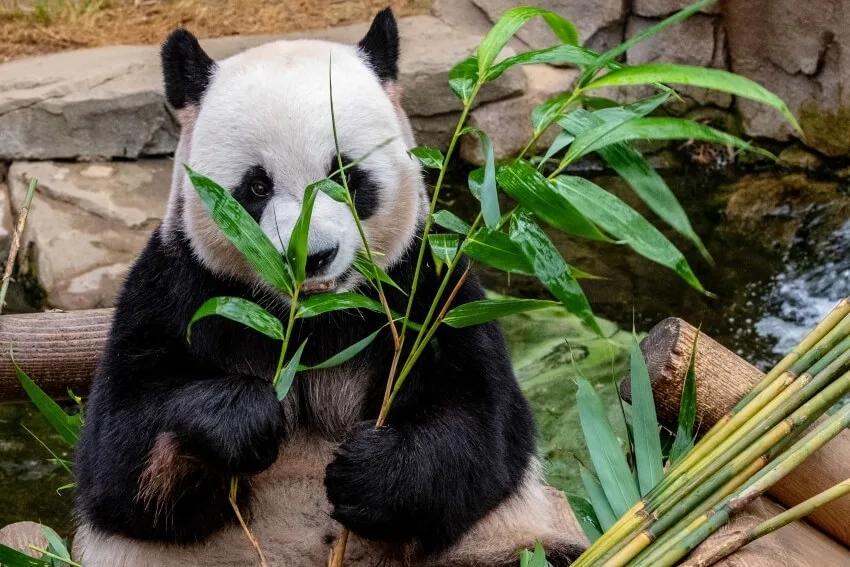
Despite their enormous size, giant pandas are well-known for their sluggish nature, making them among the boring animals at zoos or in captivity. Pandas were also among the most easily distinguishable animal species due to their distinctive black and white coloring and the black spots on their eyes.
Pandas were entertaining to watch because they were pampered, clingy, and adorable, but their lives were monotonous because they only ate and slept. A passive, relaxed, and monotonous lifestyle is characterized by frequent sleep of approximately 10 hours each day, whereby they can be observed sleeping almost anyplace.
Because of their passive temperament, they are not as fascinating as other creatures in the zoo that perform tricks or engage with visitors, such as monkeys and birds of prey.
Other animals in the wild live an active and full of activity life to hunt and survive. Still, Pandas live the polar opposite due to their boring, slow-moving characteristics and lazy nature.
See Related: List of Animals That Mate for Life
5. Cuckoos
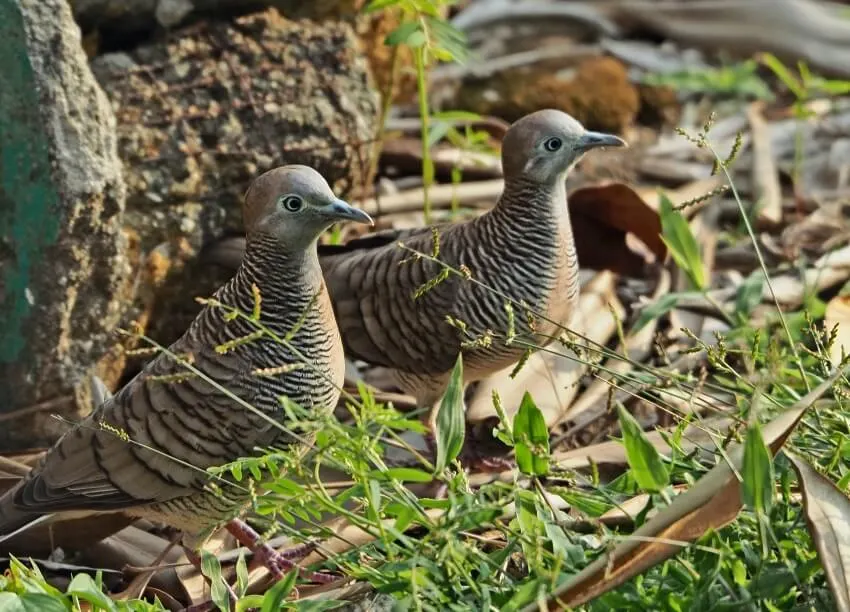
Most animals monitor and care for their young, but the Cuckoos are an exception. While most animals monitor and care for their young, this bird species do not. Their lives are not only repetitive, but they are also among the laziest creatures, laying their eggs in other birds’ nests and allowing other birds to take care of them and raise their young.
Isn’t it exciting and wonderful to see animals traveling with their child in tow or conversing with one another on the care of their child? When it comes to these birds, you won’t see anything like that.
Cuckoos have a languid and monotonous existence, in contrast to other birds who work tirelessly to find and construct a nest for their expanding family. This is known as brood parasitism, and it refers to the fact that they do not work to get food to feed their chick since they have delegated this responsibility to others.
See Related: Why Do Animals Like Being Pet?
6. Pygmy Bluetongue Lizard
The manner an animal lives, such as the pygmy bluetongue lizard or the pygmy bluetongue skink, is what makes it uninteresting. It is one of the most uninteresting creatures to ever walk the face of the earth.
The little reptile that is smaller than a quarter is an elusive, insignificant, and uninteresting creature to behold and study.
Its entire existence is spent in its burrow, and it does not actively hunt for prey like other animals. It does not engage with other animals unless it is in search of food, in which case it simply waits for the meal to arrive.
The tiny bluetongue lizard does not venture outside to graze on passing insects and does not even venture outside to drink water. It is largely reliant on rains to drink from the aperture of its burrow, which is located near the entrance.
Contrary to other reptiles, it goes out and hunts on open grounds, plunging headfirst into the pursuit of prey while keeping an eye out for predators.
On the other hand, despite the fact that the lizard species is more protected from predators on its own burrow, it leads to a sedentary and monotonous existence.
See Related: Best Books on Endangered Species
7. Lemur
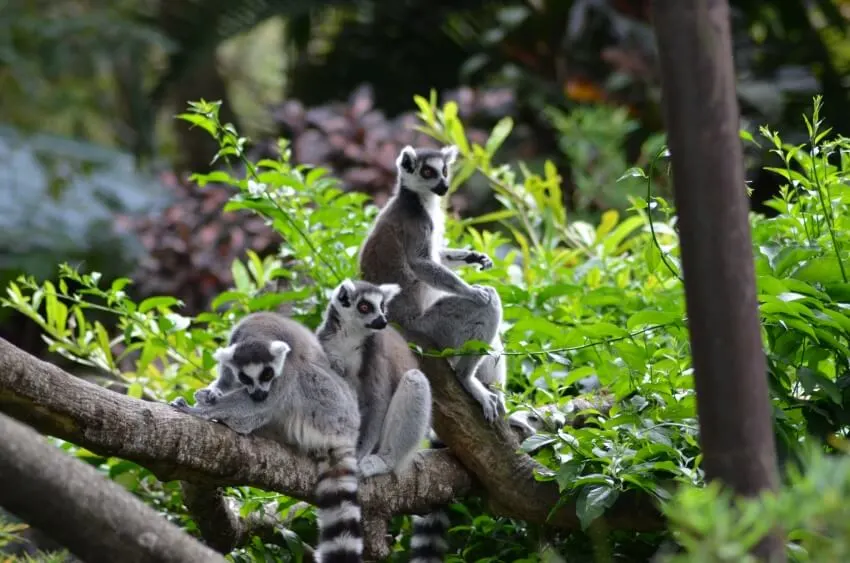
This native only to an island of Madagascar in Africa species lives a lazy and boring life. In contrast to more productive creatures, Lemurs are sedentary loafers, which makes them one of the most boring animals on the planet.
It is among the tiny ape species, both of which have small bodies and long, thin tails that can be far longer than their bodies. Their ears are pointy, and their nose is small and wet. Leaf, fruit, flower, wood, and tree sap are the foods that lemurs prefer.
They spend their waking hours alone, or if in a group, some of them keep an eye out for danger while the rest of them eat. A monotonous existence is lived by this species, which sleeps for up to 16 hours per day and is only awake for a few hours each day to eat.
See Related: 15 Animals that Start with X
8. Grimalditeuthis Bonplandi Squid
It is one of the most boring animals in the ocean and the most uncool squid on the planet. This squid has a dull and monotonous lifestyle, which makes it an uninteresting animal.
Its tentacles are insipid, in contrast to the unique tentacles of other squids, which distinguish it. Because of this, Grimalditeuthis Bonplandi captures prey differently from the other species, which flaps its tentacles.
A bioluminescent squid that lives in deep water, where its movements may induce other adjacent organisms to become disturbed and create bioluminescence. The squid has a lifeless appearance and moves in a lifeless and spiritless manner. This species is rarely seen, but it is believed to have existed on the ocean floor all across the planet.
See Related: Endangered Species in Oklahoma
9. Slug
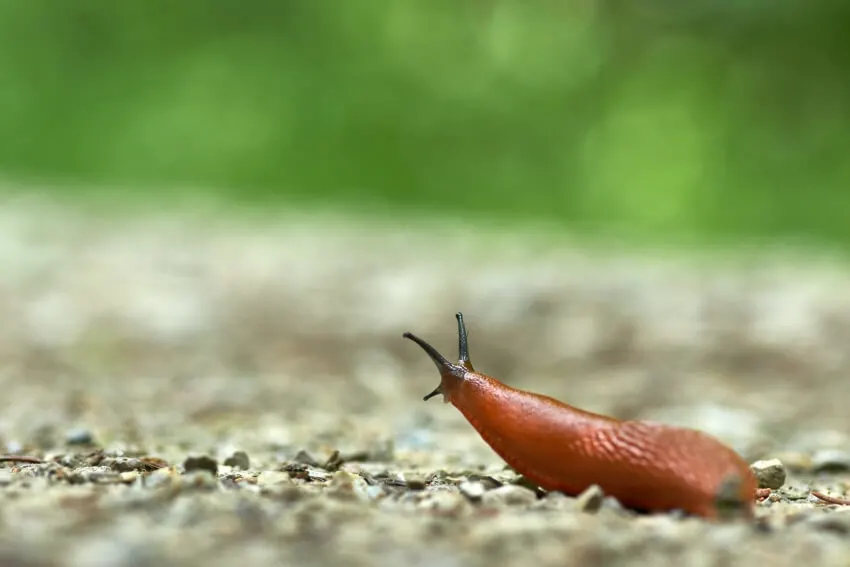
Slugs were among the boring animals that were mostly overlooked, and some were even treated with disgust. Although there are some freshwater species in addition to the terrestrial species of this shell-less terrestrial gastropod mollusk, it is primarily restricted to damp land environments.
It has a soft, slimy body and is found in moist land settings. They can be found worldwide; however, the species to which they belong differ from one another.
In tropical climes, it is common to encounter slugs belonging to the plant-eating family Veronicellidae, which eats plants. Carnivorous slugs are slugs that hunt on other snails and earthworms and are classified as such.
Snails and slugs appear to be slow-moving animals that are unpleasant to study because they take such a long time when viewed from a distance. Depending on the location, when it is found in different parts of the world, its coloration might range from brown to grey to black and green.
Despite the fact that they are uninteresting, slugs have an interesting characteristic in that any slug can lay eggs since they are hermaphrodites and can produce up to 500 eggs per year.
Slugs were not only tiresome, but they could also be a pest that had to be eliminated. They can be a nuisance in gardens, and some of them are known to carry parasites that are hazardous to pets and, occasionally, humans.
See Related: Why Animals Are So Big in the Past?
10. Common Limpet

It is also one of the world’s most uninteresting animals, according to some. Limpets are a type of aquatic snail that has a conical shell and a powerful, muscular foot. They are found in freshwater and saltwater. It is a herbivorous marine snail that can be found on the rocky beaches of Western Europe and the Mediterranean Sea.
It was one of the most enjoyable things to do when visiting the ocean to observe and collect seashells. However, the Common Limpet shell is not as visually appealing as the other shells to collect because it appears to be barnacles sticking against a rock.
It features a thick, conical shell and a robust, muscular foot, which makes it a formidable predator. Because of this combination, the common limpet can mount a robust defense against predators both in and out of water.
Common limpets develop to a total length of 2.4 inches and survive for only 2 to 3 years on the water’s surface.
One of the things that makes this animal uninteresting is that it only sticks to stones and does not move except when it is time to eat or shift to a different spot. The majority of the time, this animal’s entire body is hidden within its shell, making it a sight to behold, much like the other species of Limpet.
See Related: Most Endangered Amphibians on Earth
11. Koala
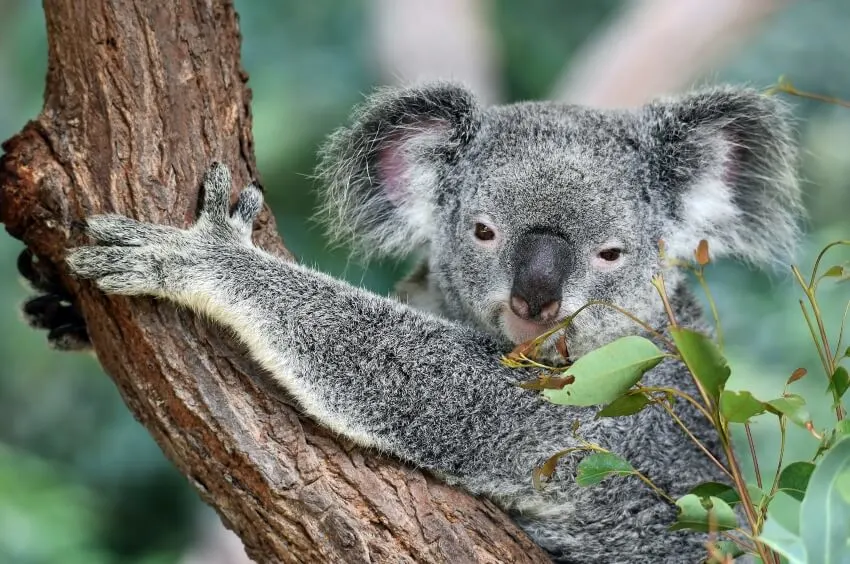
Koalas are regarded not only for their sluggish attitude but also among the most comfortable creatures.
It is native to Austria and only feeds on eucalyptus tree leaves. Eucalyptus leaves contain toxins, are particularly heavy in fiber, and demand a lot of energy to digest. It is the cause why this herbivorous marsupial sluggish disposition and is always seen resting.
This lazy tendency offers Koala a dull life and becomes a boring animal that sleeps and eats under other animals that play and hunt vigorously.
Though having a monotonous lifestyle resting in trees, it receives adoration from its attractive looks and is considered Australia’s most renowned indigenous species. This species is commonly called a Koala bear for its feature is comparable to a little bear. It has crested ears and a spherical face.
See Related: Are Humans Animals? 15 Things to Know
12. Sloth
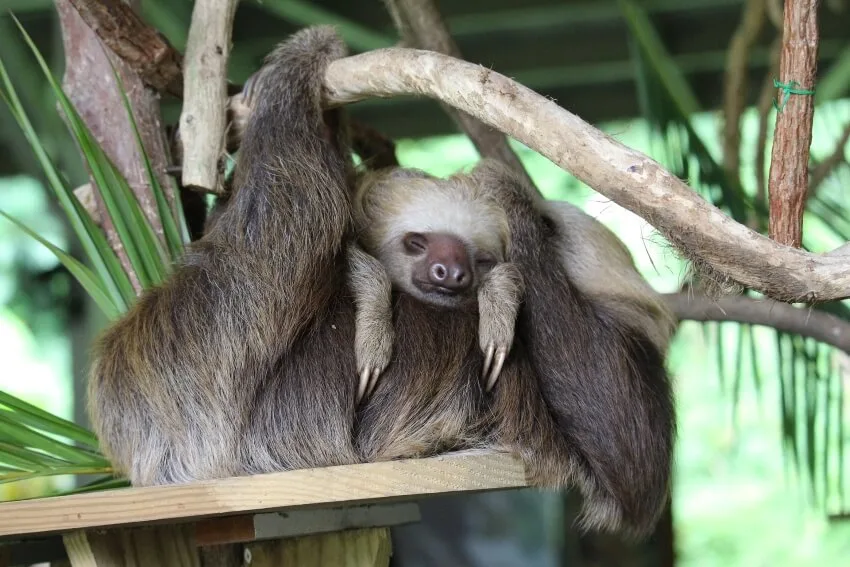
In the same way, as Koalas move slowly and are both boring and fascinating to watch, sloths are both monotonous and fascinating to watch.
Central and South America and the Caribbean are home to a variety of tree-dwelling species. Most of their lives are spent hung from tree branches in South America’s tropical rainforests, with only the bare minimum of movement when it is essential.
Due to their bland lifestyle of clinging and sluggish mobility, they come across as monotonous and uninteresting to those around them. It is amazing to see one of these animals passing or to see a Sloth climbing a tree, but it is also exhausting and time-consuming.
As a result of the Sloth’s low metabolic rate, it is only natural for them to move slowly and leisurely through their deep forest environment, characterized by lush foliage.
The slowness with which they move gives the impression that they live a mundane existence in the trees. For the second time, due to their slow metabolic rate, sloths can sleep for up to 20 hours each day on average.
Related Resources
